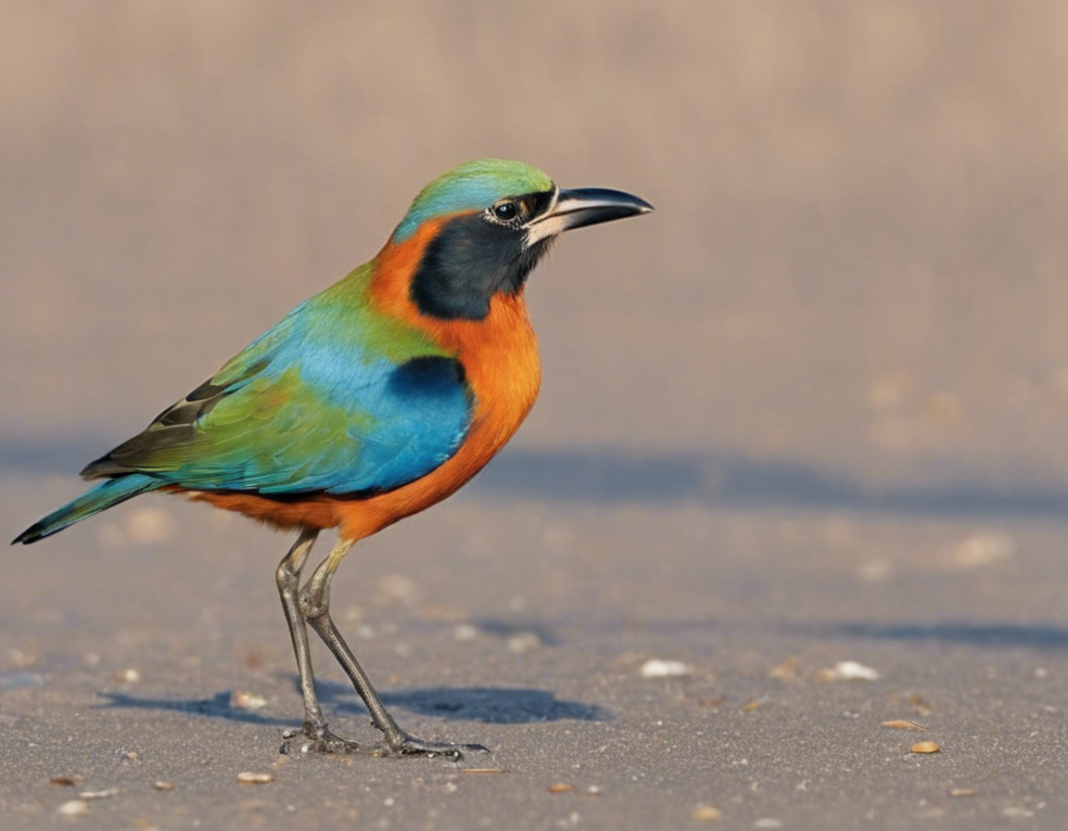The hummingbird is a fascinating creature that never fails to captivate and amaze with its unique characteristics and behaviors. From its dazzling iridescent colors to its incredible flying abilities, the hummingbird stands out as one of the most intriguing birds in the animal kingdom. One of the most impressive feats of the hummingbird is its ability to fly backwards, a skill that sets it apart from all other bird species.
Anatomy of a Hummingbird
Before delving into the specifics of how hummingbirds are able to fly backwards, it’s important to understand the anatomy that enables these tiny birds to perform such incredible aerial acrobatics. Hummingbirds are known for their diminutive size, with the smallest species weighing less than a penny. Despite their small stature, hummingbirds possess unique physical characteristics that contribute to their remarkable flying abilities.
1. Wings
One of the key features that sets hummingbirds apart from other birds is their wings. Hummingbirds have long, narrow wings that are specially adapted for hovering and maneuvering in tight spaces. The structure of their wings allows them to beat at a rapid rate, enabling the hummingbird to hover in place and move in any direction with precision.
2. Musculature
Hummingbirds have powerful chest muscles that enable them to beat their wings at astounding speeds. These muscles account for a significant portion of the hummingbird’s body weight, providing the necessary strength for sustained flight and maneuverability.
The Science of Hummingbird Flight
Hummingbirds are unique among birds in their ability to fly in almost any direction, including backwards. This extraordinary skill is made possible by a combination of factors that work together to defy the limitations of traditional avian flight.
1. Wing Structure
The design of the hummingbird’s wings is crucial to its backward flying capabilities. Unlike most birds, whose wings move primarily in an up-and-down motion, hummingbirds have the ability to rotate their wings in a figure-eight pattern. This distinctive movement allows the hummingbird to generate lift on both the forward and backward strokes, enabling it to hover and fly in any direction.
2. Aerodynamics
Hummingbirds are masters of aerodynamics, utilizing their unique wing structure and rapid wing beats to create lift and thrust. By manipulating the airflow around their wings, hummingbirds can produce the necessary forces to propel themselves in reverse without losing stability or control.
3. Muscle Coordination
Flying backwards requires precise coordination of the hummingbird’s wing movements and body position. The hummingbird must adjust the angle and speed of its wing beats to generate enough thrust to move in reverse while maintaining stability and control. This level of coordination and agility is a testament to the remarkable abilities of these tiny birds.
The Role of Hovering in Hummingbird Flight
One of the key behaviors that showcases the hummingbird’s flying prowess is its ability to hover in place. Hovering is a demanding feat that requires exceptional aerodynamic skills and muscular strength. By hovering, hummingbirds can access nectar from flowers and feed on the wing, avoiding the need to perch or land while feeding.
1. Feeding Adaptations
Hummingbirds have evolved specialized adaptations for feeding while hovering. Their long, slender bills are perfectly suited for extracting nectar from flowers, and their precise control of body position allows them to access even the most deeply concealed nectar sources.
2. Energy Efficiency
While hovering may seem energetically demanding, hummingbirds have evolved ways to make this behavior more energy efficient. By adjusting their metabolism and heart rate to match the demands of hovering, hummingbirds are able to sustain this activity for extended periods without excessive energy expenditure.
FAQ
Q1: How fast can a hummingbird fly?
A: Hummingbirds can reach speeds of up to 30 miles per hour in regular flight, with some species capable of even faster speeds during dives or displays.
Q2: What is the average lifespan of a hummingbird?
A: The average lifespan of a hummingbird is around 3 to 5 years, although some individuals have been known to live up to 10 years in the wild.
Q3: How do hummingbirds navigate during migration?
A: Hummingbirds rely on a combination of visual landmarks, celestial cues, and instinctual behaviors to navigate during migration. They are capable of traveling thousands of miles between their breeding and wintering grounds.
Q4: How do hummingbirds stay warm in cold weather?
A: Hummingbirds have a high metabolic rate and can enter a state of torpor during cold nights to conserve energy. They also fluff up their feathers to trap heat close to their bodies.
Q5: What is the diet of a hummingbird?
A: Hummingbirds primarily feed on flower nectar, but they also consume insects and spiders for protein. Their diet is high in sugar to provide the energy needed for their fast metabolism.
In conclusion, the hummingbird’s unique ability to fly backwards is a testament to the remarkable adaptations and skills that have evolved in these tiny avian wonders. From their specialized anatomy to their intricate flight mechanics, hummingbirds embody the beauty and complexity of the natural world in ways that continue to inspire awe and admiration.

